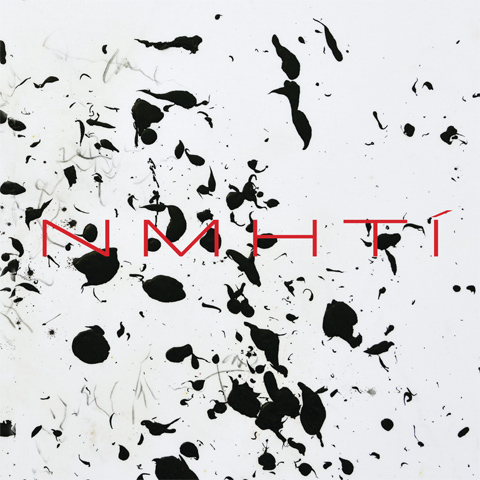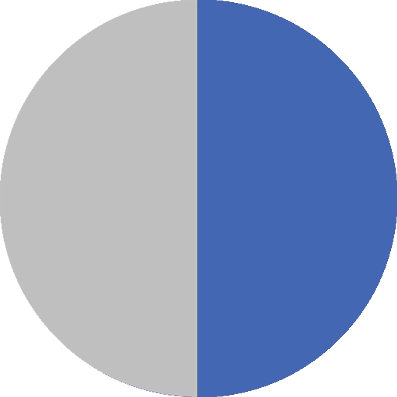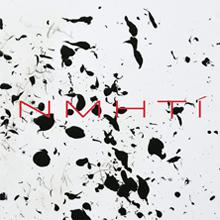Published by ARTIKLE Brno
Text © Kaliopi Chamonikola
Writings and Fragments: Miloš Šejn
Editors, graphic design and prepress: Miloš Šejn
Language proofreading: Věra Šejnová
Photo: Milos Sejn Archives
Published in coedition with Bohemiae Rosa a Milos Sejn Archives
Writings and Fragments: Miloš Šejn
Editors, graphic design and prepress: Miloš Šejn
Language proofreading: Věra Šejnová
Photo: Milos Sejn Archives
Published in coedition with Bohemiae Rosa a Milos Sejn Archives
Size: 68 pages, 23x23cm, czech and english, bounded
First edition: 2020
Printer: Nová tiskárna Pelhřimov, spol. s r. o.
ISBN: 978-80-907338-1-7

The title of the book and exhibition, N M H T Í, highlights an important component of the creative approach of Miloš Šejn - namely his work with language. Since the early 1980s, human body drawings and paintings have appeared in his work, accompanied by expressions of sound and speech. The historical archetype apparently refers to some principles of avant-garde tendencies of the early 20th century, the essence of which are creative processes interlinking poetry with the visual arts. However, the author develops possibilities of this symbiosis in a completely distinctive way. For Miloš Šejns wide straddling in his creation, intermediality is perhaps the clearest umbrella term. The authors strategy, working methods, procedures and means of expression are associated with various artistic disciplines, and resonating in them are experiences loosely connecting them in particular with an unbroken tradition of action and conceptual art, body art and land art. Incidentally, both these components, words and images, also find themselves in the timeline in a varying media relationship. In terms of elemental analysis of the audible side, words are sometimes understandable and other times they drift more into mere assonance. While initially the spoken word formed a visual part of the drawing (to some extent as its accompaniment), there is then a blending of the drawing with writing, thus a concurrence of drawing and the improvised spoken word, or rather perhaps even acoustic expression. Now Šejn proceeds where gestures of the process become a reflection of vision and a component of the spoken word. The acoustic track in the written transcription transforms into words or their fragments, in sounds reproduced by text, or respectively pictorial poems. However, words and the painting are more a situational connection rather than an expression of poetic imagination. One could say that both systems inextricably identify, whereas the word need not have any semantic link to the painting, but it works in more of an associative way.
First edition: 2020
Printer: Nová tiskárna Pelhřimov, spol. s r. o.
ISBN: 978-80-907338-1-7

The title of the book and exhibition, N M H T Í, highlights an important component of the creative approach of Miloš Šejn - namely his work with language. Since the early 1980s, human body drawings and paintings have appeared in his work, accompanied by expressions of sound and speech. The historical archetype apparently refers to some principles of avant-garde tendencies of the early 20th century, the essence of which are creative processes interlinking poetry with the visual arts. However, the author develops possibilities of this symbiosis in a completely distinctive way. For Miloš Šejns wide straddling in his creation, intermediality is perhaps the clearest umbrella term. The authors strategy, working methods, procedures and means of expression are associated with various artistic disciplines, and resonating in them are experiences loosely connecting them in particular with an unbroken tradition of action and conceptual art, body art and land art. Incidentally, both these components, words and images, also find themselves in the timeline in a varying media relationship. In terms of elemental analysis of the audible side, words are sometimes understandable and other times they drift more into mere assonance. While initially the spoken word formed a visual part of the drawing (to some extent as its accompaniment), there is then a blending of the drawing with writing, thus a concurrence of drawing and the improvised spoken word, or rather perhaps even acoustic expression. Now Šejn proceeds where gestures of the process become a reflection of vision and a component of the spoken word. The acoustic track in the written transcription transforms into words or their fragments, in sounds reproduced by text, or respectively pictorial poems. However, words and the painting are more a situational connection rather than an expression of poetic imagination. One could say that both systems inextricably identify, whereas the word need not have any semantic link to the painting, but it works in more of an associative way.
Besides working with language, there are several other attention-worthy aspects in Miloš Šejns creation. These include movement and processuality, the role of place, space and time, and also working with the body. If we focus on the artists movement in connection with the emergence of the work in time, we can mention in this regard especially the artists drawings and film footage occurring in parallel during walking, i.e. a process in a way akin to an archetypal journey or traveling in the countryside. In this case, the artist usually works using the technology of a head camera, by which he scans the entire process. In terms of the medium, it thus concerns a sort of tableau in which to a certain extent an aspect of ritual and magic is present. The emphasis on conceptual and processional processes is incidentally also the reason why Miloš Šejns work has many points in common, for example, with that of Dalibor Chatrný, and why he does not deny the influence of his teacher, the Czech guru of conceptual painting, Zdeněk Sýkora.
We can also perceive the paintings of Miloš Šejn created in recent years as an equivalent of processional drawings and videos. In them, site selection plays an important role (besides temporal coordinates, which the author meticulously records). It is a privileged ”topoi” for which he created a purely personal and emotional bond, and to which he repeatedly returns as the landscape of his life - whether they are specific locations in the Giant Mountains or by the River Eger. The artists contact with the landscape literally has a physical nature; indeed, he enters the images of these places through his own body. You could even say that his experience from the place unfolds in a very intimate, almost erotic mode. These associations are moreover evoked by the fact that the material of many of his paintings is canvas with memory of the body, sheets with the "wrinkles" life. Tensioned in the frame, we can then read them as unrepeatable intimate traces of stories in which all situational moments left their creative role: besides landscape morphology and body painting also material that clung to the “painters canvas” - grass, clay, flowers, twigs, feathers ... In a certain sense, we could designate Šejns paintings as some kind of temporal “canning” of specific objective realities and subjective emotions and experiences, capturing the poetry of the place and the fleeting moment. Everything in the painting has meaning as part of a unique situation. In a way, the painting is an object in physical relation not only to the creator and the landscape, but also to the viewer.
Kaliopi Chamonikola



































